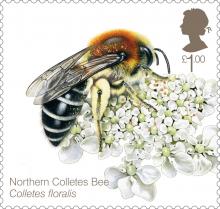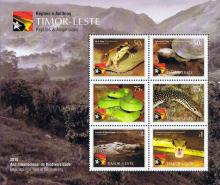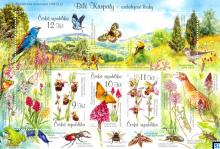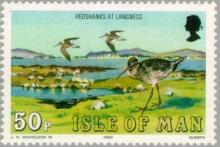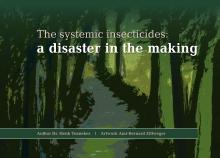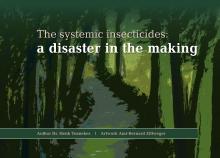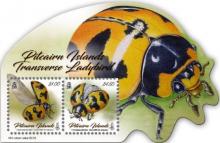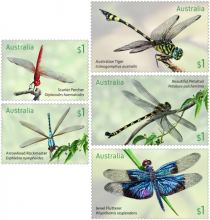EFSA bestätigt das Risiko von Pestiziden für Insekten
Nach dem Glyphosat-Streit müssen sich Union und SPD wieder über Regeln für den Einsatz von Chemie auf dem Feld einigen. Am Mittwoch hat die Europäische Behörde für Lebensmittelsicherheit, Efsa, die Gefahr von drei Insektenvernichtungsmitteln für Bienen bestätigt. Voraussichtlich werden die Mitgliedstaaten der EU nun am 22. März über ein Verbot der Stoffe im Freiland abstimmen.

